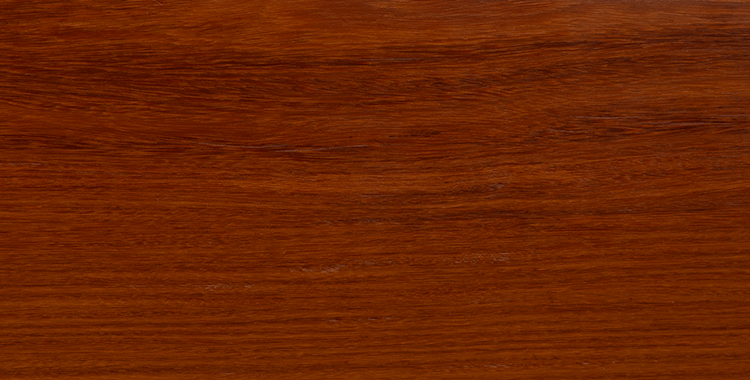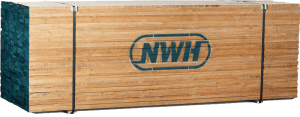Sustainability
CITES: Convention on International Trade of Species at Risk
Signed in 1973, CITES is based on precautionary regulations imposed before a species becomes species at risk or extinct. The convention regulates trade of select hardwoods species through an agreed upon, international system of permits and custom inspections upon both import and export of products. With CITES certification, the hardwoods have been legally acquired and produced in a sustainable fashion. CITES has been successful because governments understand that sustainable trade contributes to the survival of a species by creating economic incentives for its continued existence.
CITES has three different levels of protection for species, known as Appendices.
Appendix I
Appendix I represents species that are in danger. These species are considered to be threatened with extinction and not allowed to be traded.
Appendix II
Appendix II species are not currently threatened with extinction but are at risk in the wild. Species in this appendix are closely regulated but not as restricted as Appendix I. Appendix II species require a CITES export permit.
Appendix III
Appendix III species are listed voluntarily by individual countries. Countries list these species in order to help preserve the species in question. Appendix III species require a CITES export permit. Countries that did not list the species must provide a Certificate of Origin showing that the shipment did not come from an Appendix III country. Species in this appendix are far less restricted than those included in Appendix I or Appendix II.


